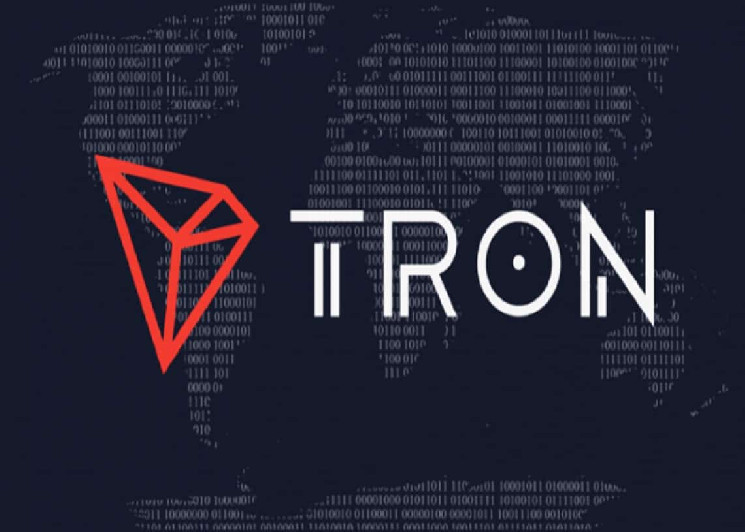The increasingly popular Jupiter native token (JUP) has attracted significant interest in the DeFi sector, particularly within the Solana ecosystem. This is due to the protocol’s efforts to tackle liquidity fragmentation and uneven token distribution, which has caused trading inefficiencies and centralization concerns in the DeFi space.
Jupiter, a Solana-based liquidity aggregator, aims to optimize trade rates and reduce slippage for users by pooling liquidity from multiple decentralized exchanges. Similar to the renowned liquidity aggregator 1inch, Jupiter consolidates liquidity, providing a more efficient trading experience.
In a recent announcement, the network revealed plans to conduct an airdrop of its native JUP token to reward existing platform users for their support and participation. With a total circulating supply of 10 billion, Jupiter plans to manage 50% of the supply, with the remaining 50% distributed to the community.
The breakdown of Jupiter’s tokenomics reveals a strategic approach to managing and distributing the JUP tokens. This includes vesting periods for team members, the establishment of a strategic reserve, and a plan for community airdrops. Furthermore, the tokenomics are compared to that of Uniswap’s UNI token, providing valuable insights into Jupiter’s distribution strategy.
It’s important to note that the JUP token is not primarily utility-focused, as discussed by Jupiter’s founder. According to their vision, the JUP token will initially govern the incoming DAO and will eventually serve to drive growth and bring more users onto the Solana blockchain.
Overall, Jupiter’s upcoming airdrop and tokenomics breakdown are drawing attention in the crypto industry, signaling a significant milestone for the Solana ecosystem and the broader DeFi sector. This move is seen as a positive development in the evolution of Solana DeFi, demonstrating a shift towards more community-centric initiatives.









